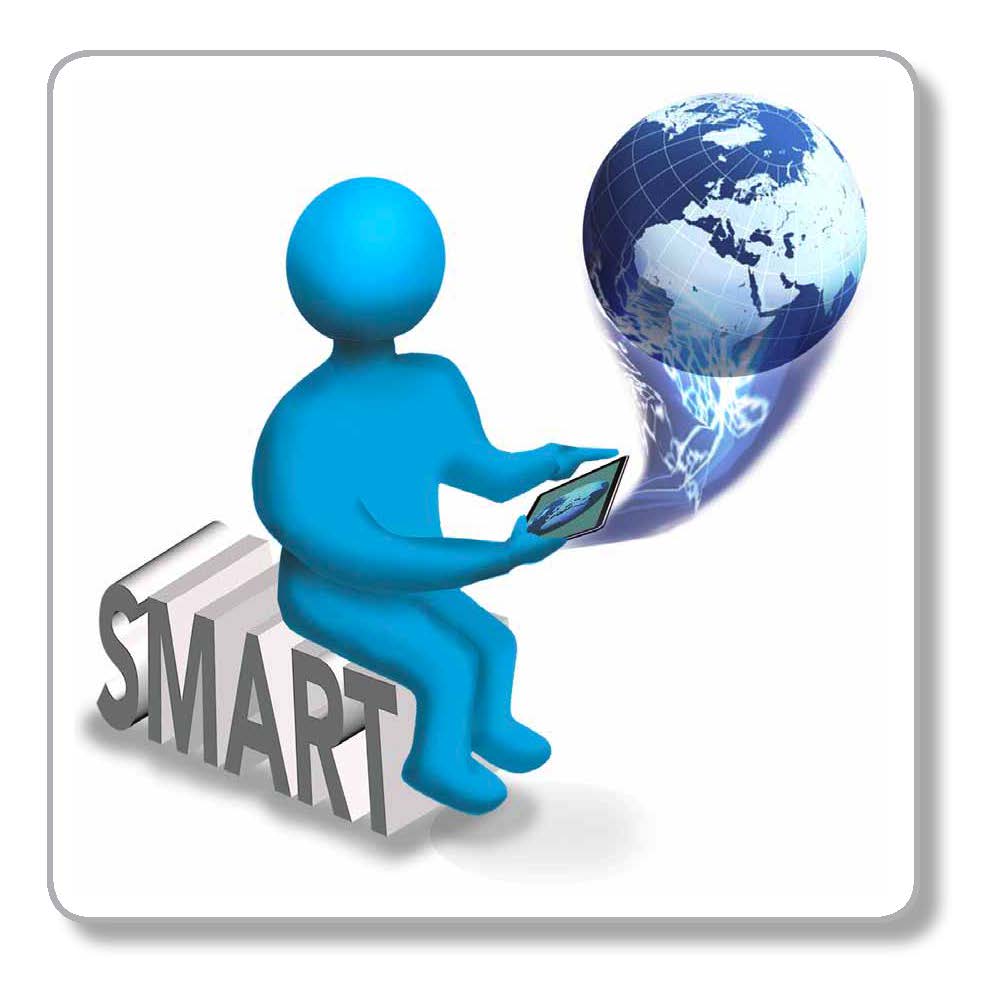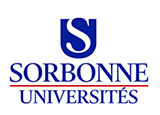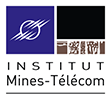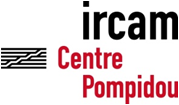
The SMART Labex project aims globally to enhancing the quality of life in our digital societies by building the foundational bases for facilitating the inclusion of intelligent artifacts in our daily life for service and assistance. The project addresses underlying scientific questions raised by the development of Human-centered digital systems and artifacts in a comprehensive way.
An efficient and natural interaction with artifacts requires understanding human actions and behavior, as well as the design of natural and friendly interfaces. When those artifacts and digital devices are disseminated, networked, and sometimes mobile, it is also necessary to provide for their connectivity and for knowledge extraction, sometimes from massive data,
Project actions unfold along five dimensions: a) basic research and novel concepts; b) methods, technologies and tools for the design, operation, interfacing and networking of systems and artifacts interacting with humans; c) exploration of novel applications and usages; d) education curricula, and e) dissemination and exploitation of results.knowledge sharing and access. As an illustrative main usage area, source of open topics and case studies for this project, the new services induced by the digital society for e-health, including the ageing society for e.g., autonomous living.
The research program is organized along five axes:
- Modeling of humans
- Interfaces and Interaction with humans
- Humans at the convergence of digital and real environments
- Autonomic Distributed Environments for Mobility
- Human autonomy and e-health






